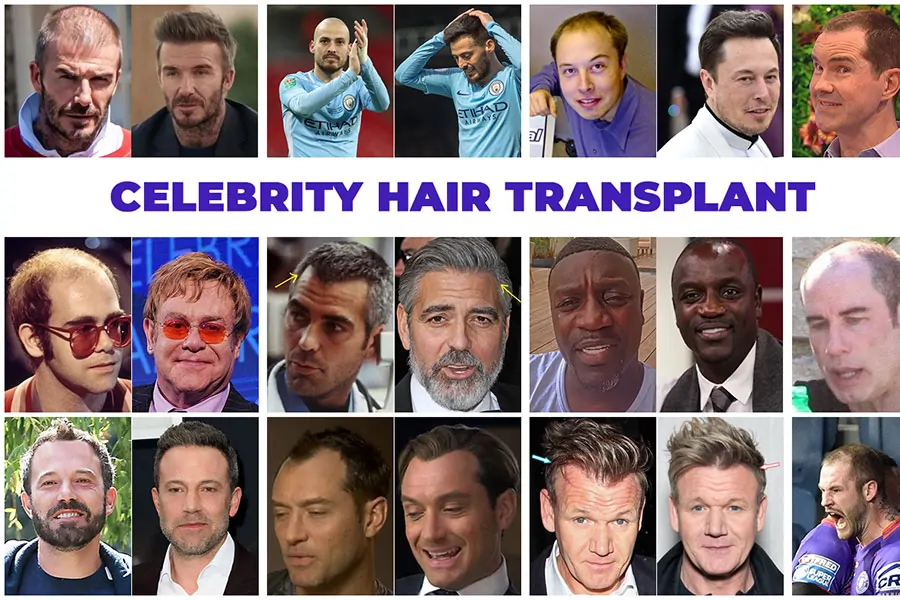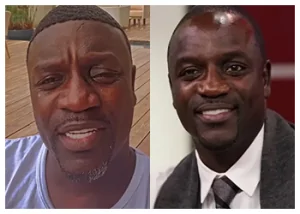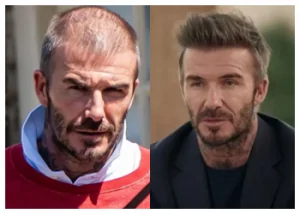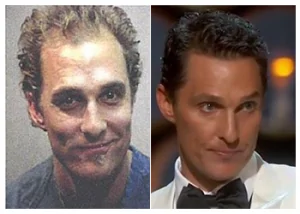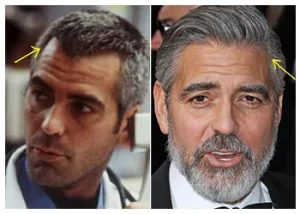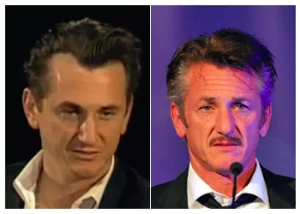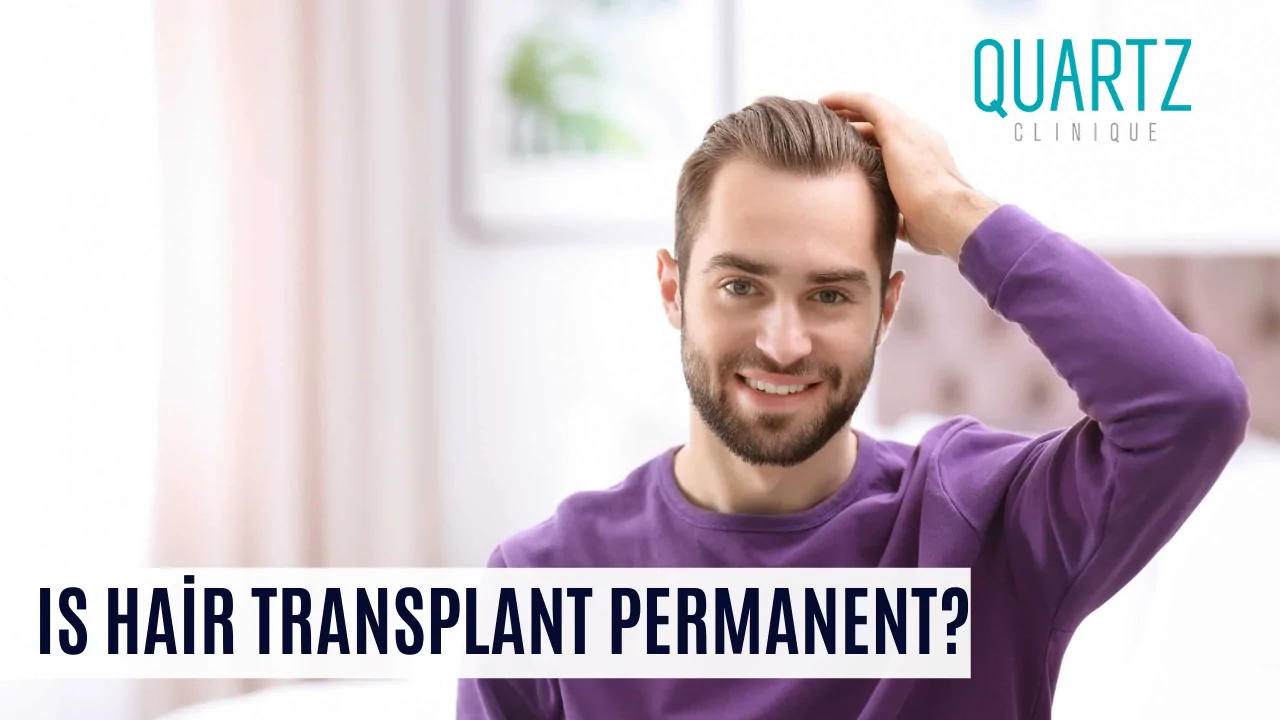
Is Hair Transplant Permanent
It is common to wonder “Is hair transplant permanent?” when considering surgical solutions for hair loss. Modern hair transplantation techniques such as FUE (Follicular Unit Extraction) and DHI (Direct Hair Implantation) have revolutionized hair restoration, allowing results that can last a lifetime—provided that the procedure is performed by a skilled and experienced surgeon.
The permanence of hair transplant results lies in the biology of hair follicles rather than the scalp itself. Hair follicles extracted from the donor area (usually the back of the head) retain their genetic resistance to balding, even after being transplanted to thinning or bald areas. This is why hair transplant surgery is regarded as the only permanent treatment for hereditary hair loss.
What Makes Hair Transplant Permanent?
The durability of a hair transplant depends on both genetic factors and surgical precision. Hair transplanted from donor regions resistant to androgenetic alopecia (male or female pattern hair loss) continues to grow naturally throughout life.
However, as natural hair loss may continue in untreated areas, some patients opt for additional sessions to achieve higher density or to maintain aesthetic balance.
| Factor | Impact on Permanence |
|---|---|
| Donor Hair Quality | High-density, DHT-resistant follicles ensure long-term growth. |
| Surgical Technique (FUE/DHI) | Minimally invasive extraction and precise implantation improve follicle survival. |
| Post-Operative Care | Proper aftercare prevents infection and promotes graft anchorage. |
| Ongoing Hair Loss Management | Finasteride or Minoxidil use reduces future thinning in native hair. |
How Long Do Hair Transplant Results Last?
In the majority of cases, hair transplant results are permanent. The transplanted follicles continue to grow for a lifetime, while the surrounding native hair may still thin over time due to hormonal or genetic influences.
This is why preoperative evaluation and long-term planning are crucial. Patients with active or progressive hair loss should consider medical therapies before and after surgery to stabilize the condition.
Enhancing the Longevity of Hair Transplant Results
While transplanted follicles are genetically resistant to hair loss, the surrounding hair may still miniaturize. Maintaining long-term density requires a comprehensive maintenance protocol combining medical therapy, nutrition, and proper scalp care.
Clinically proven medications such as Finasteride (for men) and Minoxidil (for both genders) can significantly reduce further shedding and strengthen overall scalp health.
Nutritional support—including Biotin, Zinc, Iron, and Vitamin D—also enhances follicular strength and longevity.
In cases of ongoing thinning, Exosome or PRP (Platelet-Rich Plasma) treatments can further improve blood circulation and graft survival.
Hair Transplant Aftercare Guidelines
The post-operative phase plays a decisive role in determining the success and permanence of the hair transplant. Newly implanted grafts are delicate and require careful handling for the first two weeks.
Aftercare Essentials:
- Avoid touching or scratching the transplanted area.
- Use mild, pH-balanced shampoo and follow your surgeon’s washing protocol.
- Protect the scalp from direct sunlight for at least three weeks.
- Avoid swimming, saunas, and heavy exercise for two weeks.
- Wear loose, comfortable clothing to prevent friction.
| Timeline | Expected Condition | Recommended Action |
|---|---|---|
| Days 1–7 | Mild swelling and scabbing | Keep scalp clean, avoid scratching |
| Weeks 2–4 | Shock shedding phase | Continue gentle washing; do not panic |
| Months 3–6 | New hair begins to grow | Maintain healthy lifestyle and nutrition |
| Months 9–12 | Visible density achieved | Attend follow-up visits for evaluation |
When to Consider a Second Hair Transplant
Some patients may experience continued thinning in non-transplanted areas over time. A second hair transplant may be indicated if:
- You notice new bald spots behind the previously treated area.
- The density is insufficient due to extensive prior hair loss.
- You did not use medications to stabilize future shedding.
The recommended waiting period between procedures is generally 12–18 months, allowing complete healing and accurate evaluation of the final outcome.
Does Hair Transplant Permanence Differ Among Patients?
The degree of permanence may vary based on:
- Extent of baldness
- Donor hair quality and density
- Hormonal and genetic factors
- Lifestyle habits and scalp health
Even though transplanted follicles are permanent, adjacent native hair may still thin with age. This can be corrected through maintenance therapy or supplementary transplants.
Factors Influencing Long-Term Success
Long-lasting results depend on choosing an experienced surgeon, following post-operative care, and maintaining scalp health through lifestyle and medical support.
At Quartz Hair Clinic Istanbul, each patient receives a personalized treatment plan that includes medical stabilization, advanced grafting techniques, and ongoing care to ensure optimal and permanent outcomes.
Hair transplantation offers a scientifically proven, permanent solution for hereditary hair loss. With precise surgical execution, appropriate aftercare, and ongoing maintenance, patients can enjoy natural, lifelong results. Consulting a qualified and experienced hair restoration surgeon is essential to achieve the best possible outcome and long-term satisfaction.

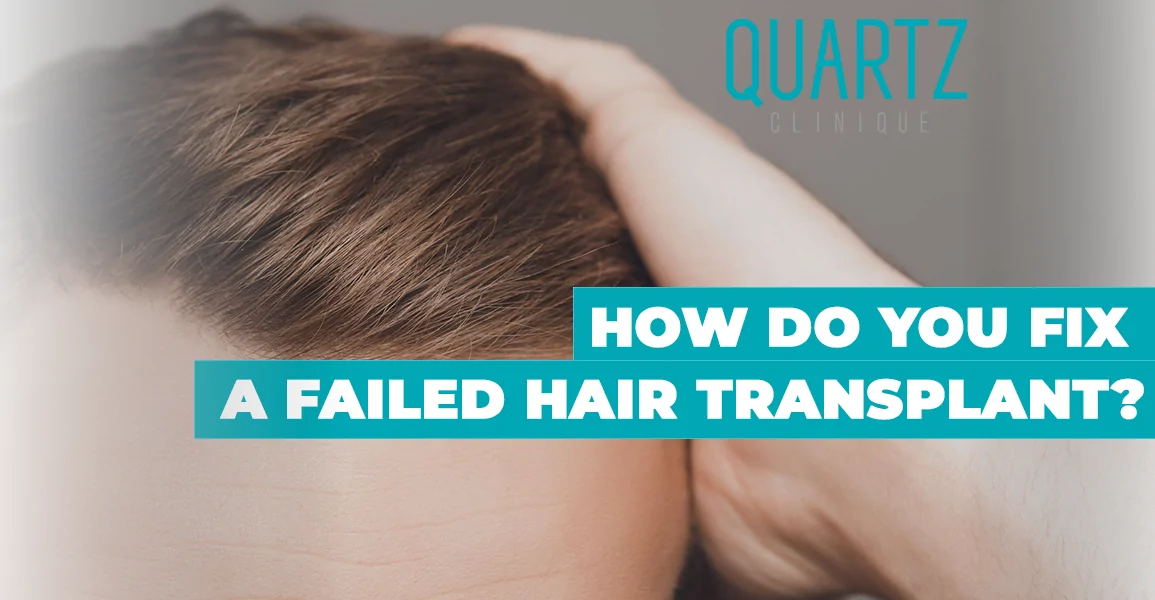


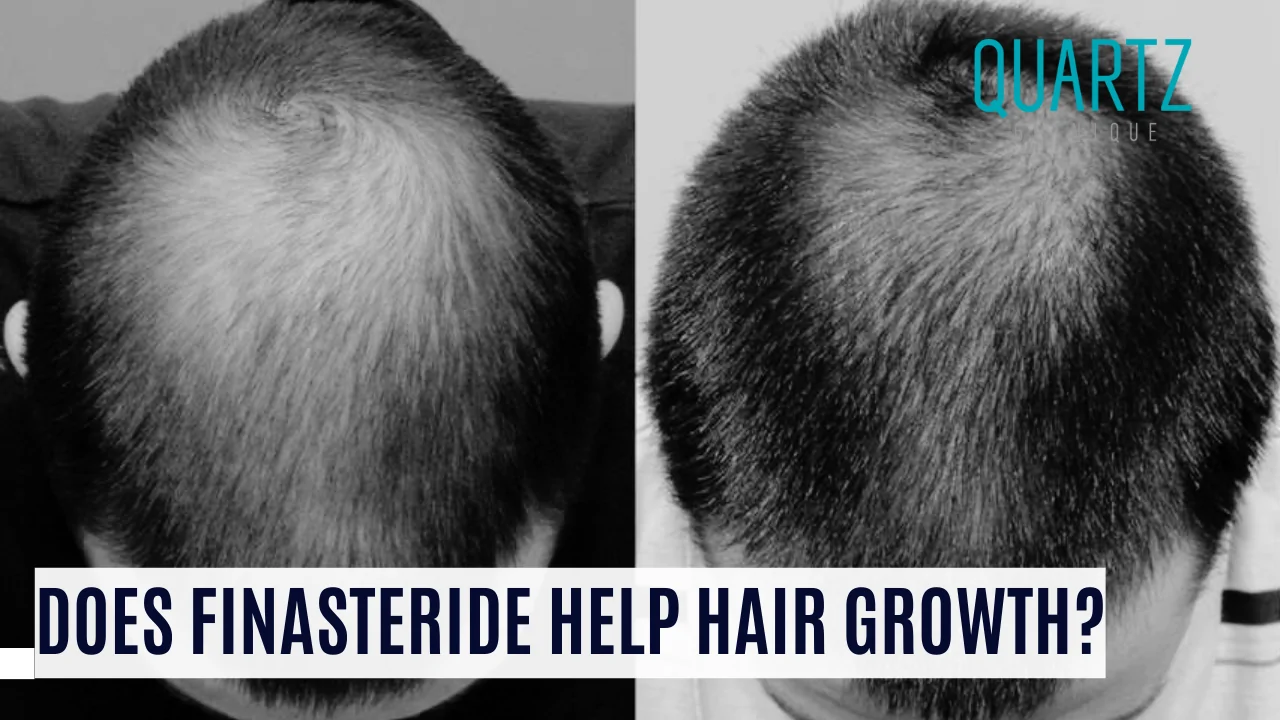
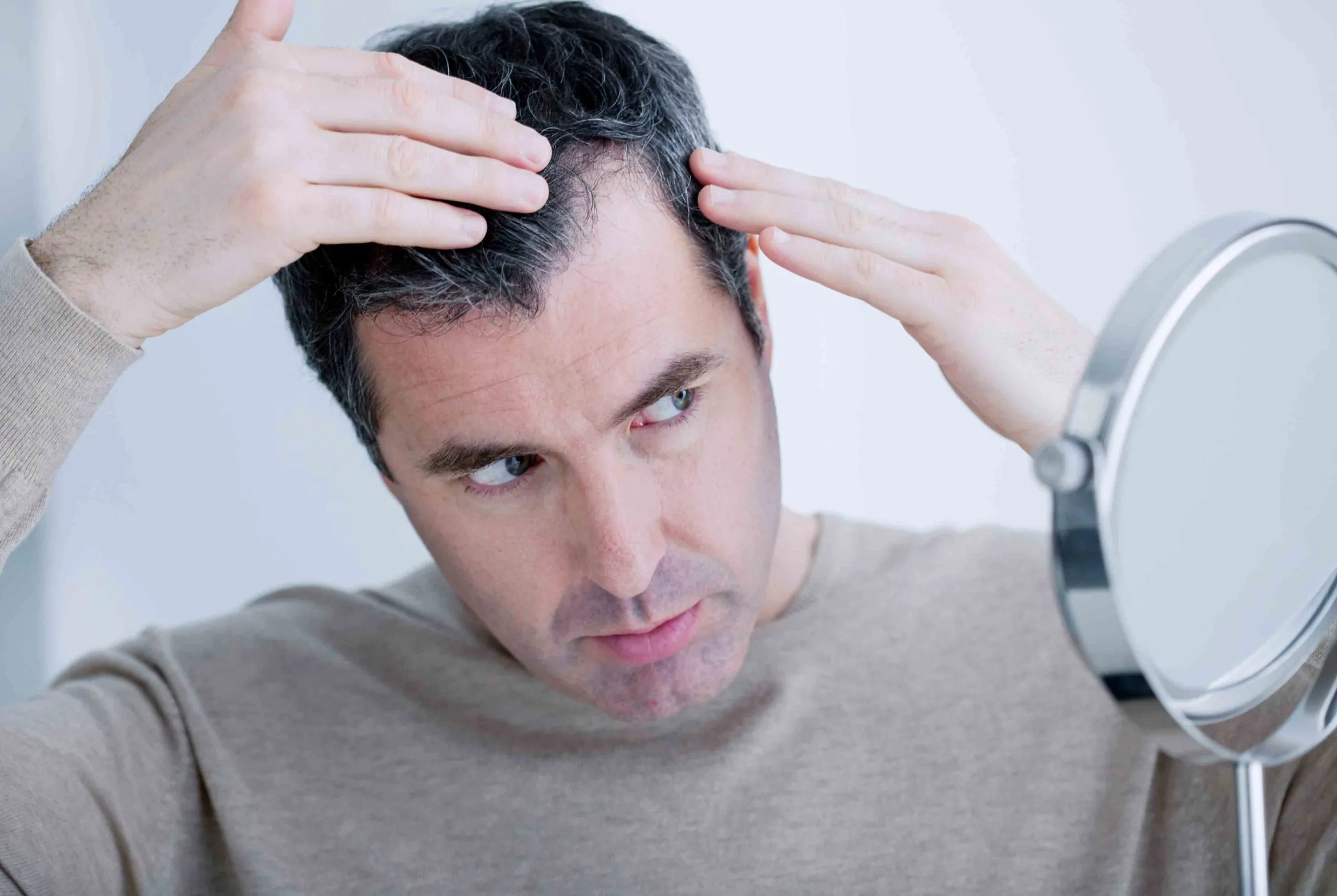
![sok-dokulme-sac-1.jpg[1] sok dokulme sac 1.jpg1](https://www.quartzhair.com/wp-content/uploads/2025/09/sok-dokulme-sac-1.jpg1_.webp)
